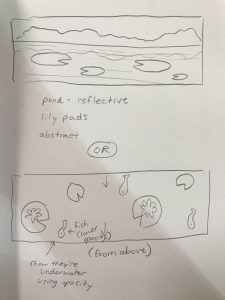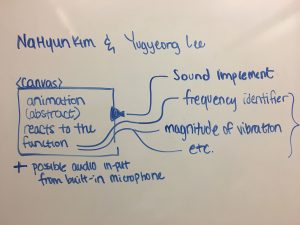Jessica Rosenkrantz is a lecturer at MIT’s school of architecture. Her talk from 2011 (and her work) is about computationally grown visual forms, based on plant growth structures. I have followed her Instagram (https://www.instagram.com/nervous_jessica/) for a while, and was so excited to see her name on the list. One thing I find most interesting about her work is that she wants to design products that intrigue or reveal a little bit about how it was made. She likes to use the generated forms to create material designs in the real world, as opposed to keeping them in digital space. Another concept that she’s working toward is designing material reactions that have extremely precise properties, so the materials can naturally grow into the form, rather than being 3D printed from a grown model. One product I specifically find interesting is a puzzle that has no edge. She designed a puzzle that can be put together in a very large number of combinations!
Nervous System – Eyeo Festival 2011 from Eyeo Festival // INSTINT on Vimeo.
![[OLD FALL 2017] 15-104 • Introduction to Computing for Creative Practice](../../../../wp-content/uploads/2020/08/stop-banner.png)





